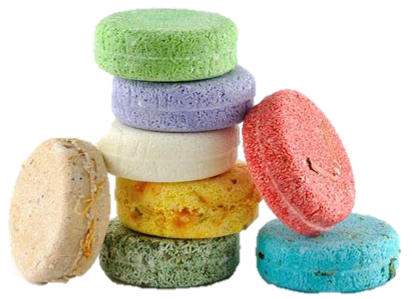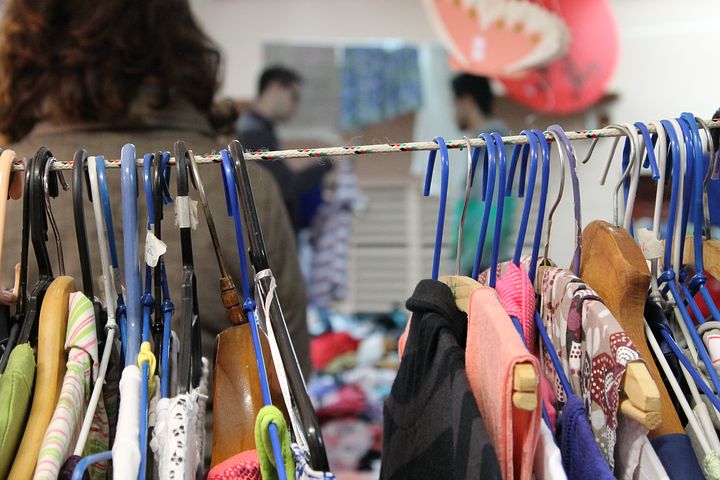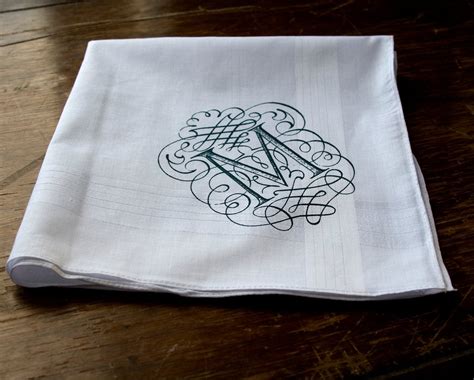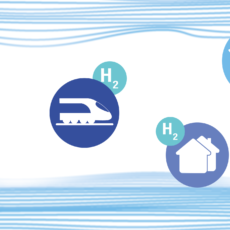
The ‘goodness’ premium. That’s just one name for the increased price of something which is sustainable or eco-friendly. But does this premium apply to everything environmentally minded? Or can you be sustainable while living on a budget. Thankfully, the answer is yes.
Over the next two articles I’m going to discuss some things you can do and use to move yourself along the path of sustainability, but which won’t break the bank. First up I’m going to look directly at you: personal care; clothing and your activities. Later this week I’ll cover things in your home and your food choices (no, this isn’t a vegan rant).
The first thing to bear in mind is that you probably don’t need the latest amazing sustainable gadget. Right now, at least. There are doubtlessly things in your cupboards which do not tick the sustainable box, and are maybe even single use. But they’re in your cupboard now – the least sustainable thing you can do is throw them out to replace them with something more sustainable. If you already have a reusable coffee cup, but it’s BPA-free plastic, there’s no need to toss it and get a glass one. (Yeah, maybe I’m looking in my own cupboard right now…). Wait until you have to replace these things, and then look for an environmentally responsible alternative. Moving towards a sustainable and lower waste lifestyle is a journey – but you can’t just buy your way there.
Personal Care

This is quite an easy category for inexpensive environmentally responsible actions. We’ll start with the toothbrush. We all need one, and a new one about every 3 months (most of us replace about 300 toothbrushes in our lifetime! And if you laid out the toothbrushes thrown away in the U.S. each year, they would wrap around the Earth four times!). So the plastic toothbrush really is an environmental nightmare. Luckily there are plenty of eco-friendly options, and most are really not that much more expensive than the ‘traditional’ plastic versions, so this sustainable swap out is a no-brainer. You can find various straight up bamboo brushes (compostable handle and removable, recyclable bristles); a thermoplastic-elastomer head which comes off and can be recycled; or a head which can be replaced on a bamboo or recycled aluminum handle, really fast tracking you toward zero waste!

Then there’s bathing. A great way to get clean while being green is to ditch the shower gel. A good old fashioned bar of soap does the job and has zero waste, and these are so much cheaper than bottles of shower gel! You can even get shampoo and conditioner bars! Now these are definitely a little more expensive than your bottles, but most shampoo bars last 2-3 times as long as a bottle of hair cleaning goo, so even if they were twice the price (they’re not), you’re no worse off financially and doing much better than sending two plastic bottles to the recycler (or landfill…you never really know).
For those of us who menstruate, this next sustainable swap out is extremely cost effective. The menstrual cup – and you need only buy one or two – will replace environmentally damaging (not to mention toxic) tampons and pads for years and years! If you buy one, you’ll very likely start saving money in your first cycle of using it!
Clothing

There are certainly plenty of mid-high end sustainable fashion brands making wonderful clothes in ethical and environmental ways. We even featured some of them in a previous article. But, as mentioned before, the first major rule of sustainable living is to not actually buy anything. Did you know that in the U.S. alone about 15 million tons of textiles ends up in landfills every year? The average American throws away about 80 pounds of clothing every year! Ask yourself if you really need that new article of clothing. It’s likely that you’ll have something already in your wardrobe which can be re-fashioned or repaired to then hit the streets again. Here’s where company THIRD LAW can come in. You might have caught our interview with CEO and Founder Kathy Kearns on YouTube, but if not, let me quickly recap – they are a sustainable lifestyle and fashion business, who will work with you to identify and hone in on your personal style, creating a lean and powerful wardrobe. So the first thing Kathy will tell you to do before buying anything new is look closely in your wardrobe! However, if you can’t dress for success from what you already own, the next best thing is thrift shopping. This may be at charity shops, second hand markets, freecycle or second hand online marketplaces like 2ndStreet, ThredUP, swap.com, or good ol’ ebay. There are loads of options. If the answer to the question “Do I really need it?” is yes, there are affordable – and very sustainable – means to this end.
Out and about
A constant danger of leaving home is encountering single use plastic. Here are some great ways to avoid this, in an economic fashion: Take your own cutlery. Honestly, you can get a stainless steel or bamboo set which can include a straw and chopsticks, all held within a carry pouch or container, for under $10! There is no excuse not to spend this small amount of cash to prevent the piles of plastic cutlery offered to you week in week out. I’m sure you’ve already got your reusable water bottle – be it stainless steel or glass, it will save you so much money (and obviously mountains of plastic!) in the long run. Again, a small outlay that is so totally worth it.

Do you constantly have a small pack of tissues in your bag? What about a hanky instead? Those tissues which are wrapped in plastic go to landfill. And you pay a convenience price for the extra plastic packaging of the ‘purse pack’. So you’re better financially and environmentally if you have a cloth handkerchief, grandma style, for the sniffles. I’m going to be honest, and I’ll still use tissues if myself or little ones have an all-out heinous cold, but for 95% of the time, digging out the monogrammed hankies from days of yore is a win on the cheap.
We’d love to hear about your ideas, and if you’ve already started to switch out some of these items. We truly understand that being sustainable is daunting in lots of ways, and the perceived cost is high up on that list, so I hope I’ve eased your mind somewhat. Small and consistent steps, taken by a steadily growing number of people, is what we need to successfully transition to a sustainable planet.



